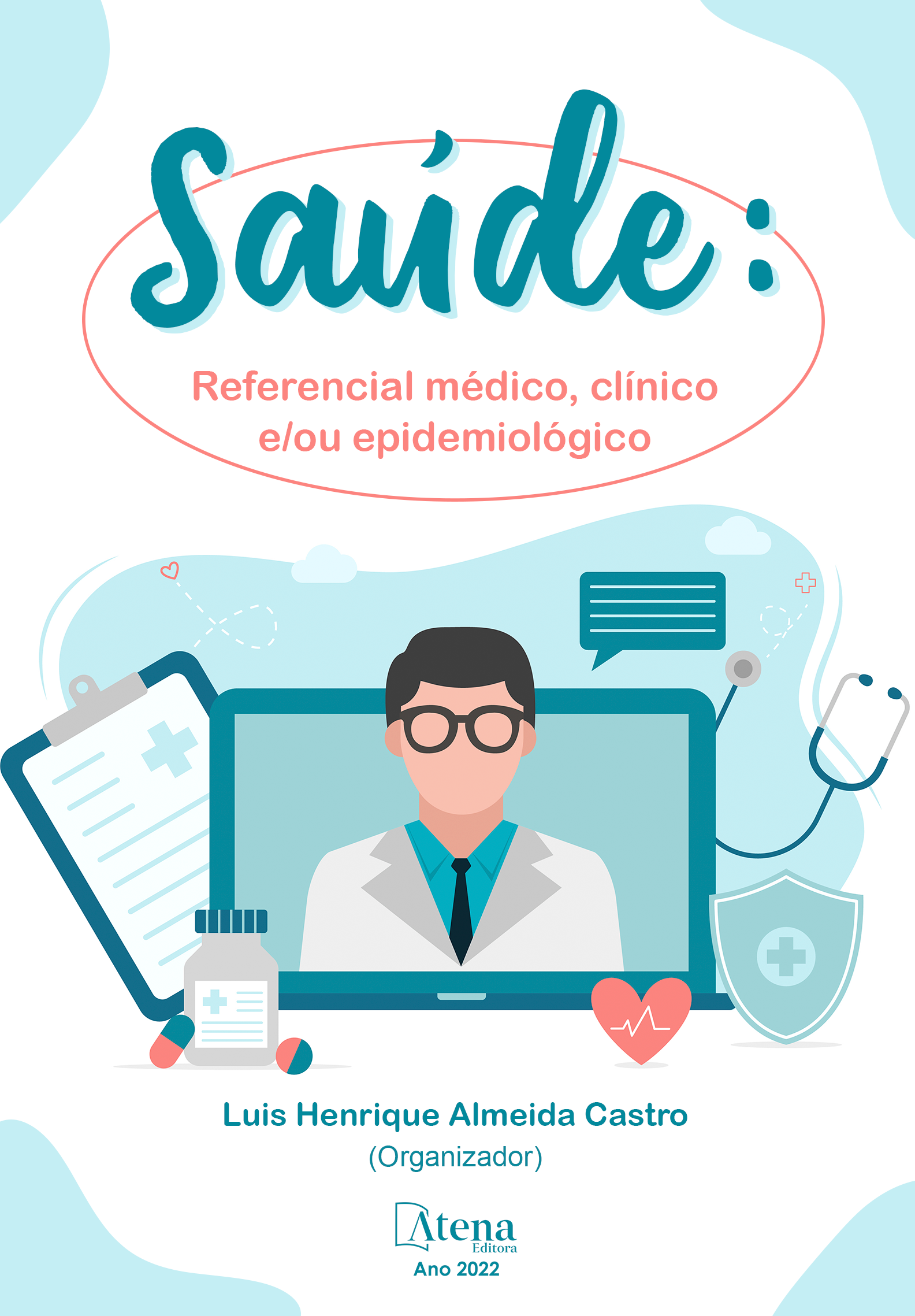
INDICADORES DE ACESSO À ÁGUA NO ESTADO DE PERNAMBUCO, 2016 a 2019.
Esta pesquisa teve como objetivo identificar e descrever os indicadores de acesso à água no estado de Pernambuco, no período de 2016 a 2019. Trata-se de um estudo descritivo do tipo transversal, realizado por meio de dados secundários disponibilizados no Painel Saneamento Brasil, do Instituto Trata Brasil (ITB). Percebeu-se que 79,97% das pessoas passaram a ter acesso à água entre os anos do estudo, e que ao mesmo tempo 71,45% dos indivíduos não recebem água de forma regular. Ademais, percebe-se uma diminuição de 2% da população urbana com acesso à água e um acréscimo na tarifa de água em R$0,32 por m³. Durante os anos de 2018 a 2019, a taxa percentual da parcela que recebia água com regularidade adequada não variou. Porém, ao comparar os anos 2016 e 2017, essa taxa tem uma variação negativa. Acredita-se que as políticas públicas numa perspectiva inter-transdisciplinar entre possam resultar em significativas mudanças e que os olhares devem ser ampliados para aumentar e contribuir com o bem-estar social e humano, articulando esferas municipais, estaduais e federal para garantir satisfatoriamente o acesso à água, de maneira universal e de qualidade.
INDICADORES DE ACESSO À ÁGUA NO ESTADO DE PERNAMBUCO, 2016 a 2019.
-
DOI: 10.22533/at.ed.65422290621
-
Palavras-chave: Acesso à água. Água. Recursos Hídricos.
-
Keywords: Access to water. Water. Water resources.
-
Abstract:
This research aimed to identify and describe the indicators of access to water in the state of Pernambuco, from 2016 to 2019. It is a descriptive cross-sectional study, carried out using secondary data available in the Sanitation Brazil Panel, from Instituto Trata Brasil (ITB). It was noticed that 79.97% of the people started to have access to water between the years of the study, and that at the same time 71.45% of the individuals do not receive water on a regular basis. Furthermore, there was a 2% decrease in the urban population with access to water and an increase in the water tariff of R$0.32 per m³. During the years 2018 to 2019, the percentage rate of the parcel that received water with adequate regularity did not change. However, when comparing the years 2016 and 2017, this rate has a negative variation. It is believed that public policies in an inter-transdisciplinary perspective can result in significant changes and that perspectives must be expanded to increase and contribute to social and human well-being, articulating municipal, state and federal spheres to satisfactorily guarantee access. to water, universally and with quality.
-
Número de páginas: 13
- Ryanne Carolynne Marques Gomes Mendes
- José Erivaldo Gonçalves
- Letícia Moreira Silva
- Jivaldo Gonçalves Ferreira
- Rafaella Miranda Machado
- Amanda Priscila de Santana Cabral Silva


